Hoya plants are known not only for their beauty but for their capability to thrive even in low-light conditions.
Hoya plants are also called Wax plants and belong to the milkweed family (Asclepiadaceae) according to the University of Florida.
This species of plant is a popular choice for indoor plant owners since it can even bloom indoors, and some of these species have their own requirements when it comes to sunlight.
Table of Contents
Do Hoyas Like Sun?
Hoyas like indirekt sunlight. Every plant needs sunlight to survive, and the same applies to Hoya plants. Some species of this plant can survive in low-level lighting, but most do best under bright indirect sunlight. There are many different species of Hoyas, but almost all of them need to be kept under indirect sunlight.
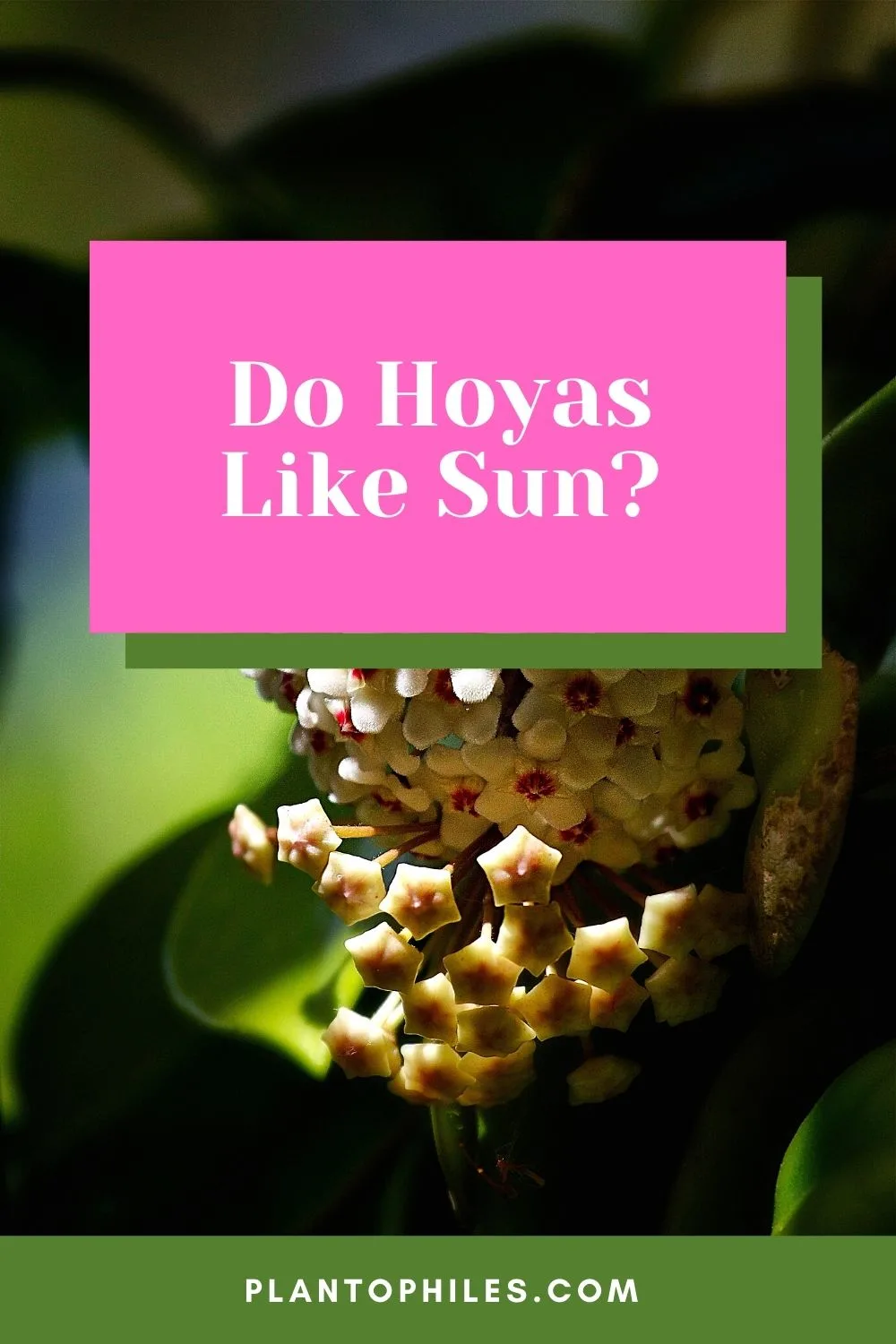
Do Hoyas Like Sun?
Hoya Light Requirements
Hoyas need to be kept close to a window where bright indirect sunlight is available.
To make sure that too much light is not being provided to your Hoyas, you can use sheer curtains to filter some of the light.
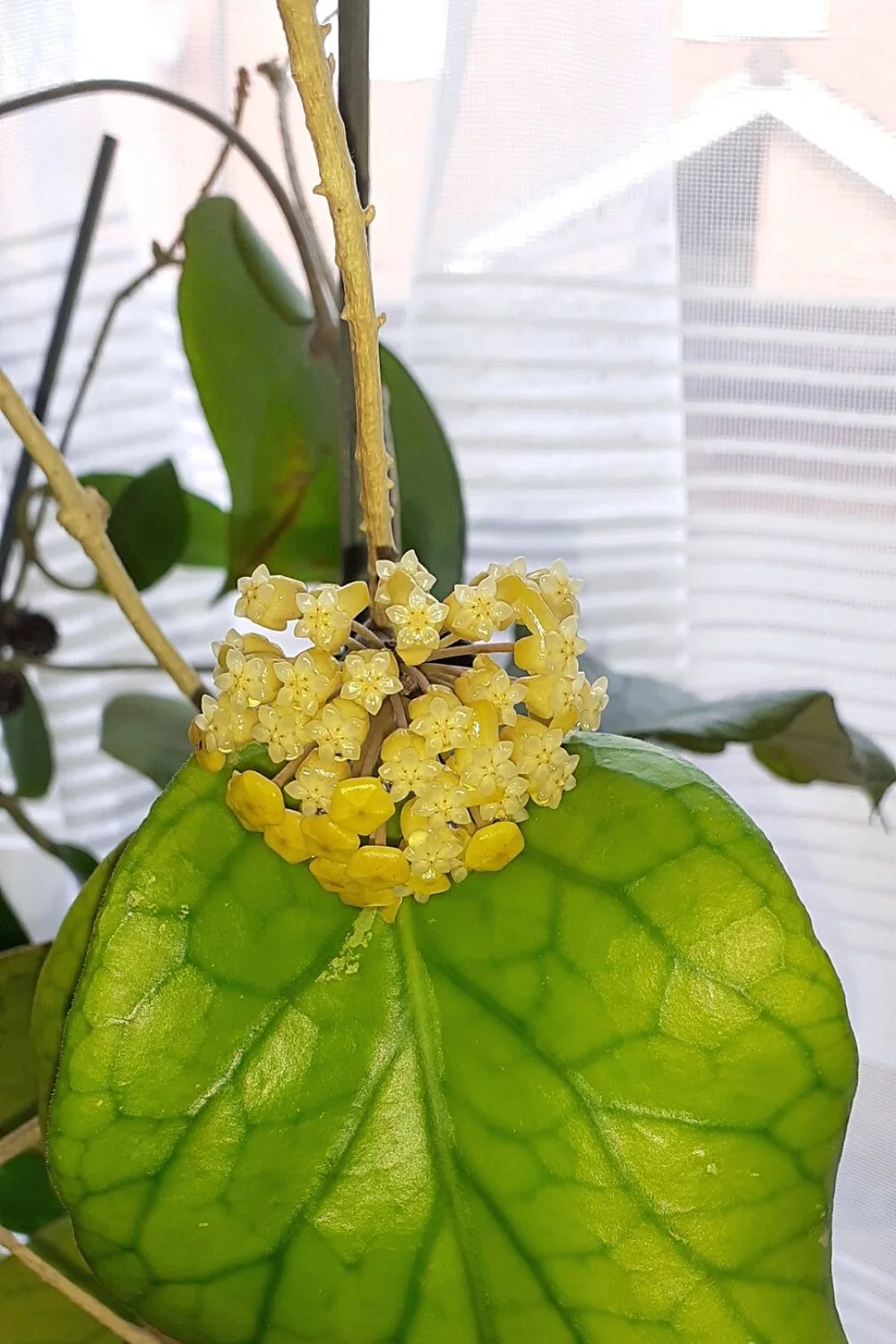
To ensure that you’re not giving too much light to your Hoyas, you can use sheer curtains to filter the sunlight
It is best to ensure that your Hoya plants are always kept in the range of bright indirect sunlight and medium light. But it is also possible for some Hoya species to survive in low light conditions.
Bright Indirect Light
Bright indirect light, which is around 1000-to-2000-foot candles (10,000-20,000 lux), is good for Hoya plants. However, they do even better in slightly lower light settings.
Bright indirect sunlight will cast a shadow if you try to block it. But the shadow’s edges will be a bit fainter and less defined.
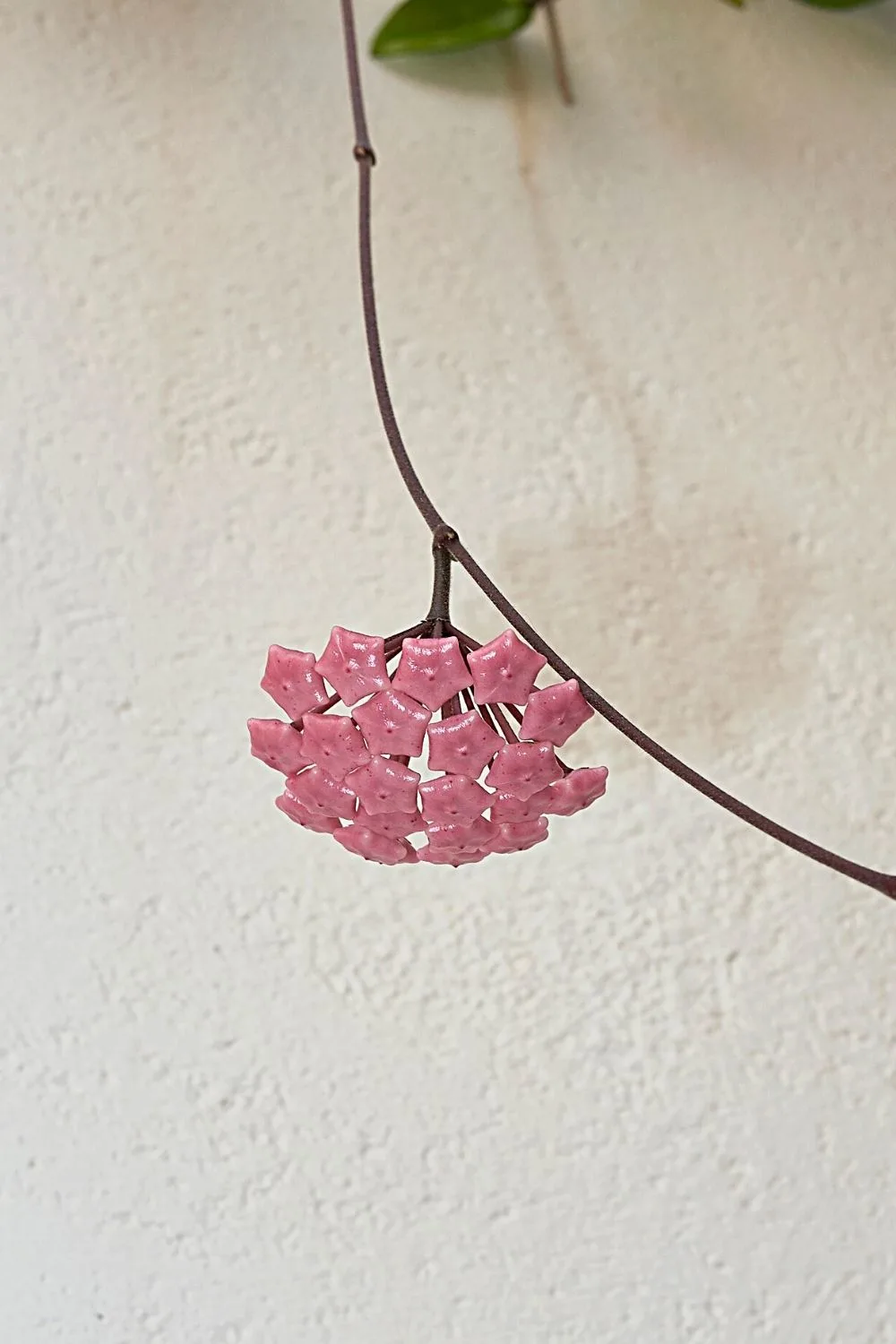
Though bright indirect sunlight will cast a shadow on your Hoya, it will be slightly fainter and less defined
You can easily achieve bright indirect sunlight by placing your plant close to an east, west, or south-facing window.
Medium Light
Hoyas do best under medium light, and this type of lighting can easily be found in an east-facing window.
Medium-light is about 250-to-1000-foot candles (2500 to 10,000 lux).
Low Light
Very few species of Hoyas can survive under low lighting conditions, but even those that can survive will never reach optimum growth. Low lighting is close to 50–250-foot candles (500-2500 lux).
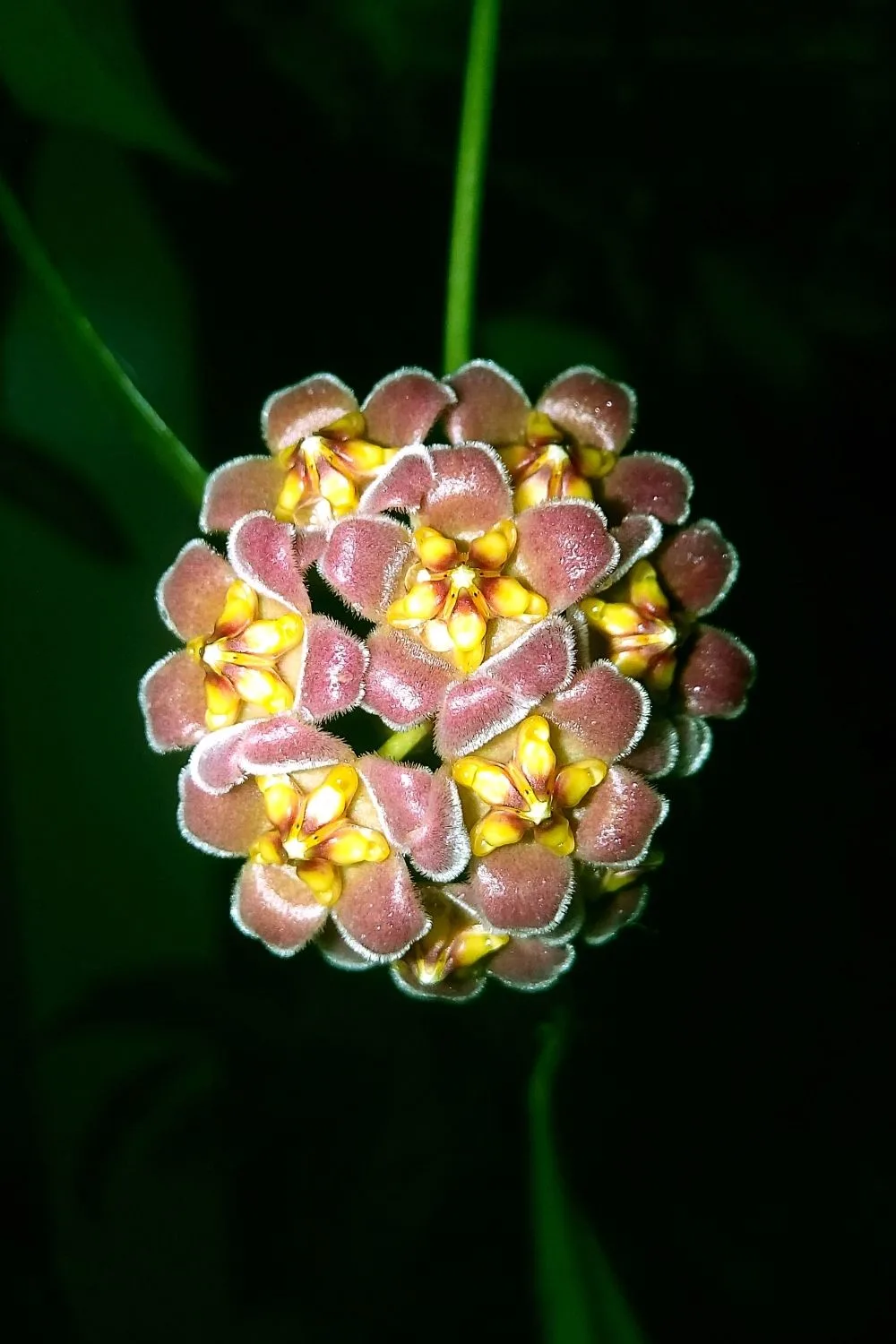
There are a few Hoya species that can survive in low light, but they’ll never reach optimum growth
You can achieve this lighting by keeping your plant a few feet away from the east, west, or north-facing window.
Changes in Lighting That Can Affect Hoyas
Changes in Lighting Throughout the Day
As the day goes by, the sun’s position in the sky will also change. This can then cause the light that comes through windows to change as well.
If your Hoya is kept close to a south-facing window, then the sunlight will hit the plant throughout the day.
But if you have kept your Hoya plant close to a west-facing window, the plant will get hit with direct afternoon sunlight.
Afternoon sunlight is too harsh for Hoya plants, and they must be kept away from it.
For east-facing windows, the sun will shine directly through the window when it’s morning. The rays are not too intense and can be perfect for your Hoya plant to bathe in for one or two hours.

It’s best to place your Hoyas in east-facing windows as the sun’s rays in the morning are not too intense
On the other hand, north-facing windows never receive any form of direct sunlight, and this can hinder the growth of blooms on your Hoya.
Changes in Lighting Due to Seasonal Change
As the season changes, so do the amount of sunlight coming into a person’s homes. The sun’s rays more intense and longer each day when the summer season comes.
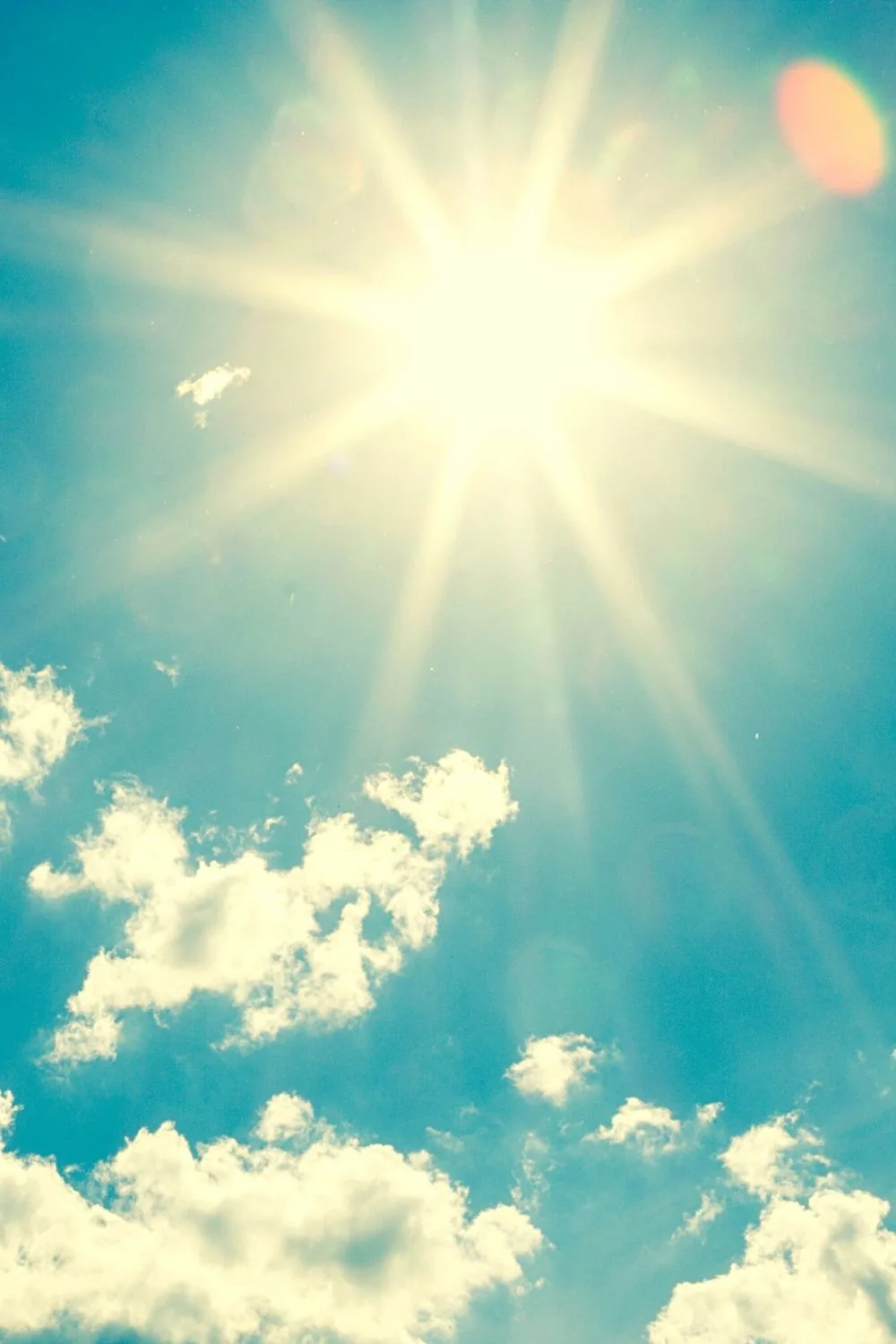
The sun’s light in the summer is much more intense and longer each day, which can affect your Hoya‘s health
This means that the light coming through your window will be much brighter and more intense, as compared to other seasons.
But during the winter season, the days are much shorter, and daylight only remains for a few hours.
The sunlight in winters is also less intense than the sunlight present in summers. This is why it is a good idea for you to place your Hoya plant closer to a south-facing window during winter.
Your Hoya plant might not grow the best close to the north-facing window during the winter season. This is because north-facing windows have less sunlight coming through them during the winter season.
Changes in Lighting Due to Weather
Depending on the weather, the light of the sun will also change. If the weather is cloudy, overcast, or rainy, the sun rays will not be able to shine as brightly through your windows.
However, this is nothing to worry about. This is because your plant will not die if it is neglected for only a week.
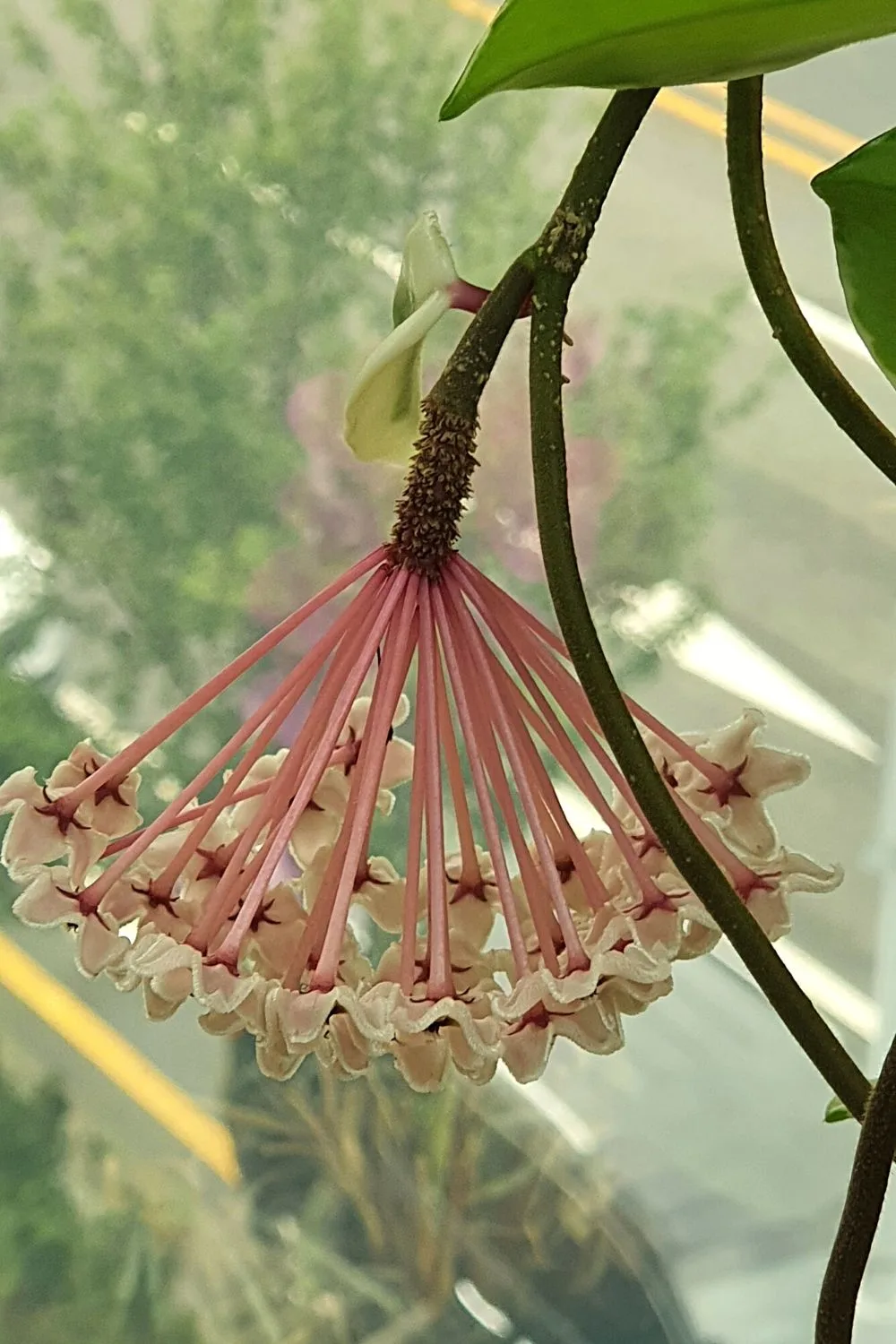
Even if not much light comes through the window due to weather changes, your Hoya will not die even if you neglect it for a week
More than a week has to pass for your Hoya plant to finally show some signs of stress due to lack of sunlight.
If the area you live in has long, harsh winters, then you should try using grow lights.
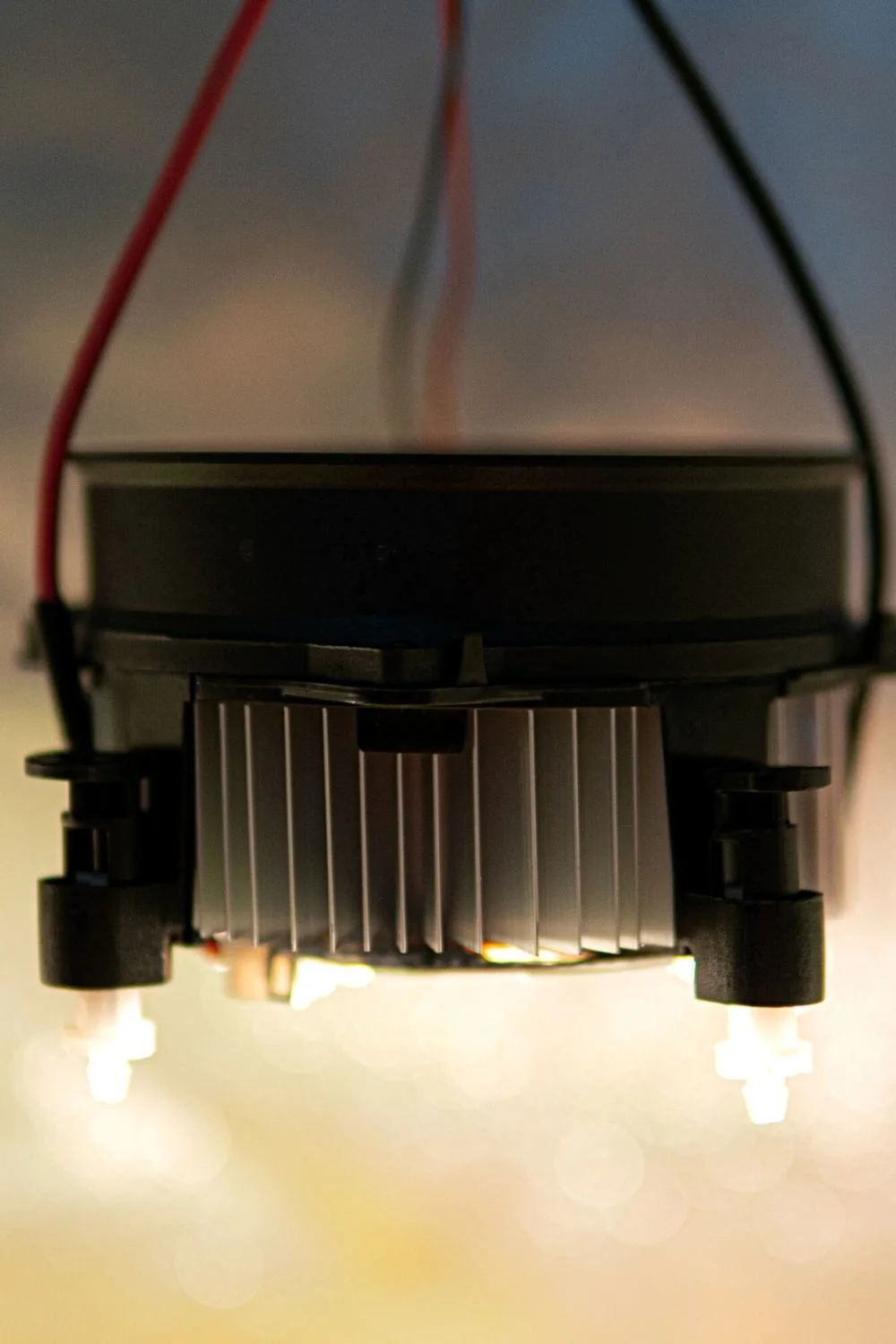
If you’re living in an area with long and harsh windows. use grow lights for your Hoyas
You can also simply keep moving the plant from one window to another so that it is being provided with proper sunlight throughout the day.
Regulating Light Intensity
Some houses do not have windows in all directions. But this is not an issue if you have a south-facing window as you can filter sunlight in some ways.
You can use lightweight window sheets. Sheet curtains will reduce the light intensity that pours in through south-facing windows.
Window films are another way to filter out light. They are available for blocking out different levels of UV light.
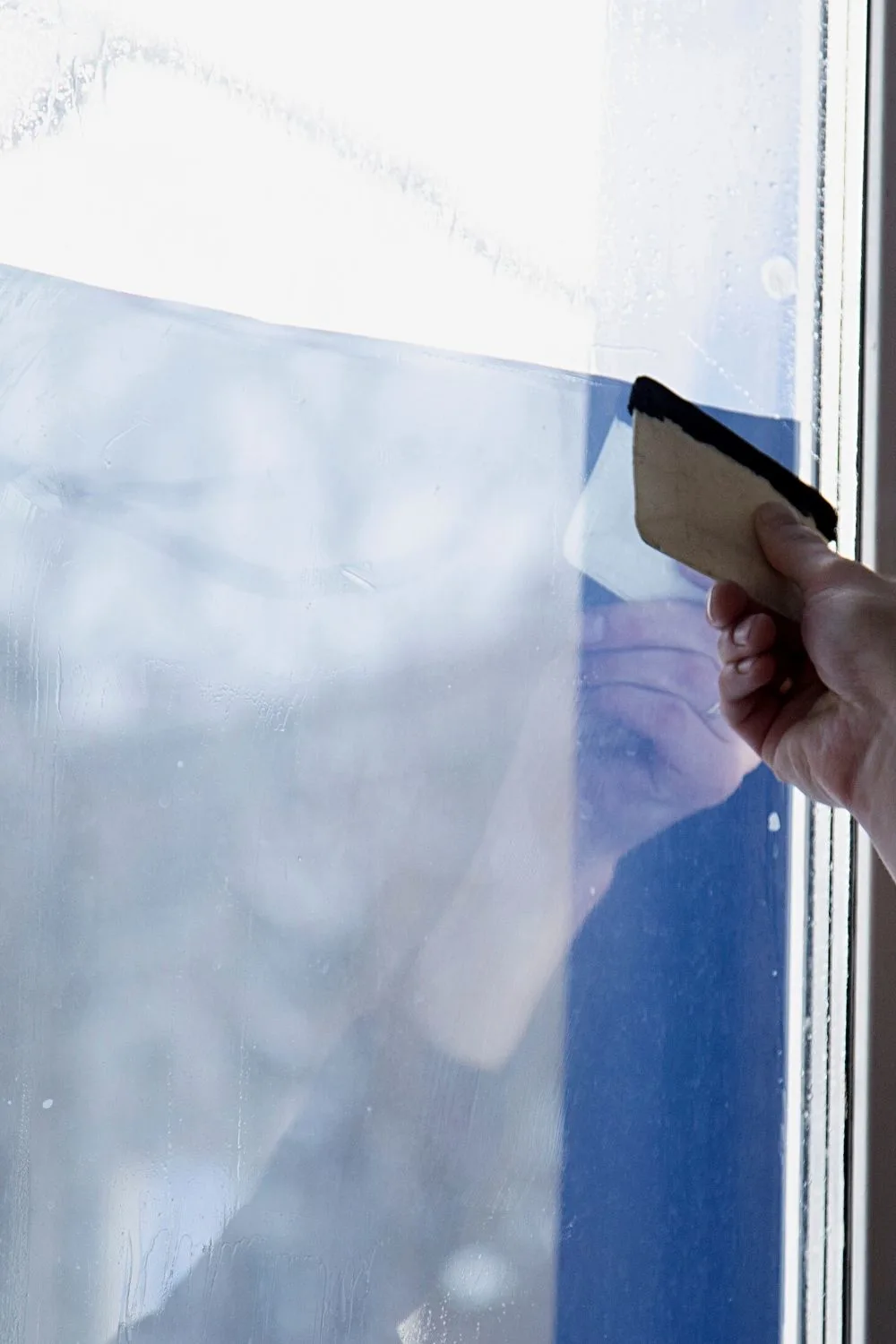
Window films are another great way to protect your Hoyas from the intense rays of the sun during summer
Window films can be useful to protect against harsh sun rays during the summer season.
You can also place your Hoya plant away from the window for a few feet to prevent the sun’s rays from hitting directly the plant.
But make sure indirect sunlight is still being provided to your plant, or else it will wither and die.
Frequently Asked Questions about Whether Hoya Like Sun
Will my Hoya plant die under direct sunlight?
One to two hours of early morning sunlight will not kill your Hoya plant. However, constant exposure to direct sunlight will burn the leaves of your plant.
How will I know if I’m giving enough sunlight to my Hoya plant?
When not enough sunlight is provided to your Hoya plant, the leaves can start to turn yellow. This is one of the indicators that tell you your Hoya plant requires more sunlight.

Daniel has been a plant enthusiast for over 20 years. He owns hundreds of houseplants and prepares for the chili growing seasons yearly with great anticipation. His favorite plants are plant species in the Araceae family, such as Monstera, Philodendron, and Anthurium. He also loves gardening and is growing hot peppers, tomatoes, and many more vegetables.


